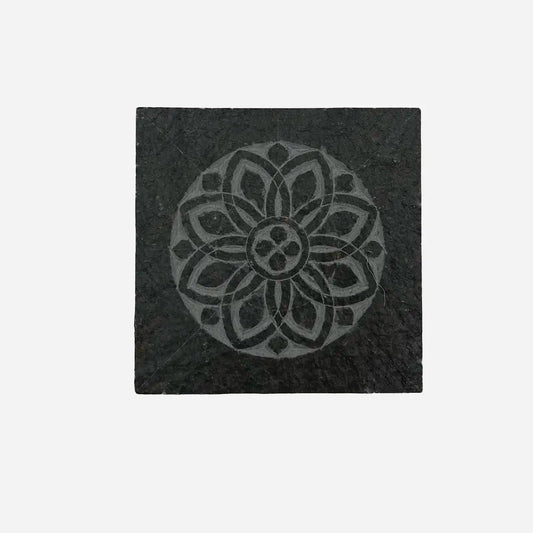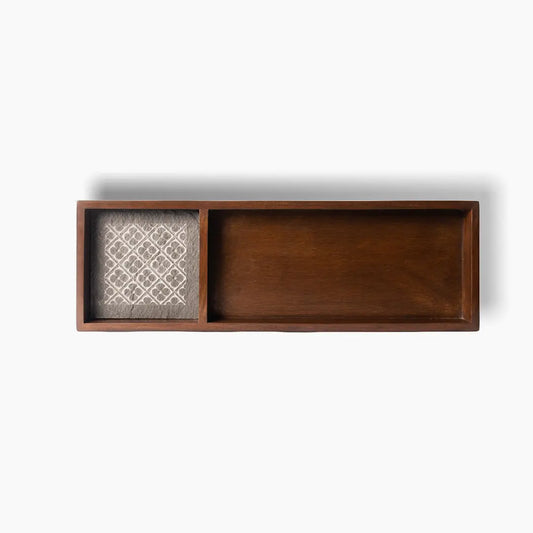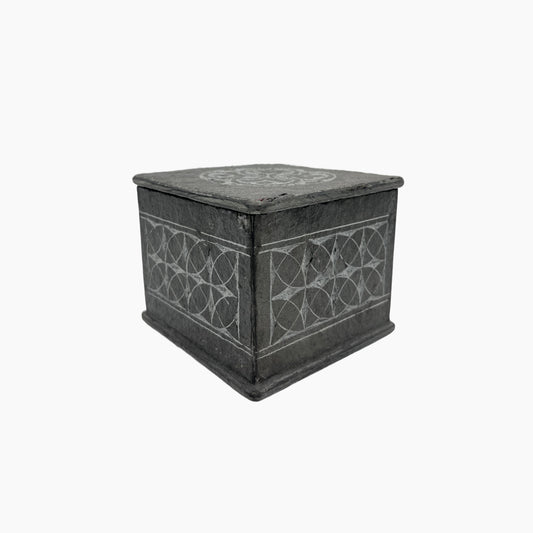Haripur, Hazara, Khyber Pakhtunkhwa
Chitarkari
Chitarkari is an ancient and highly specialized form of schist stone engraving, practiced for generations by the Awan, Gujjar, and Qureshi tribes in the Hazara region of Pakistan, particularly in the Ganghar mountain range. This traditional craft is deeply rooted in the artistic heritage of the Gandhara civilization, drawing influences from the intricate designs seen in ancient Buddhist art and the refined carving techniques of Swati woodwork.
Originally, Chitarkari was used primarily to decorate tombs, with artisans engraving elaborate floral and geometric patterns into the stone, showcasing their remarkable skill and dedication. Today, this craft has evolved beyond its funerary roots, finding expression in a variety of decorative items, including platters, trays, and wall art, while still retaining its connection to history and tradition.
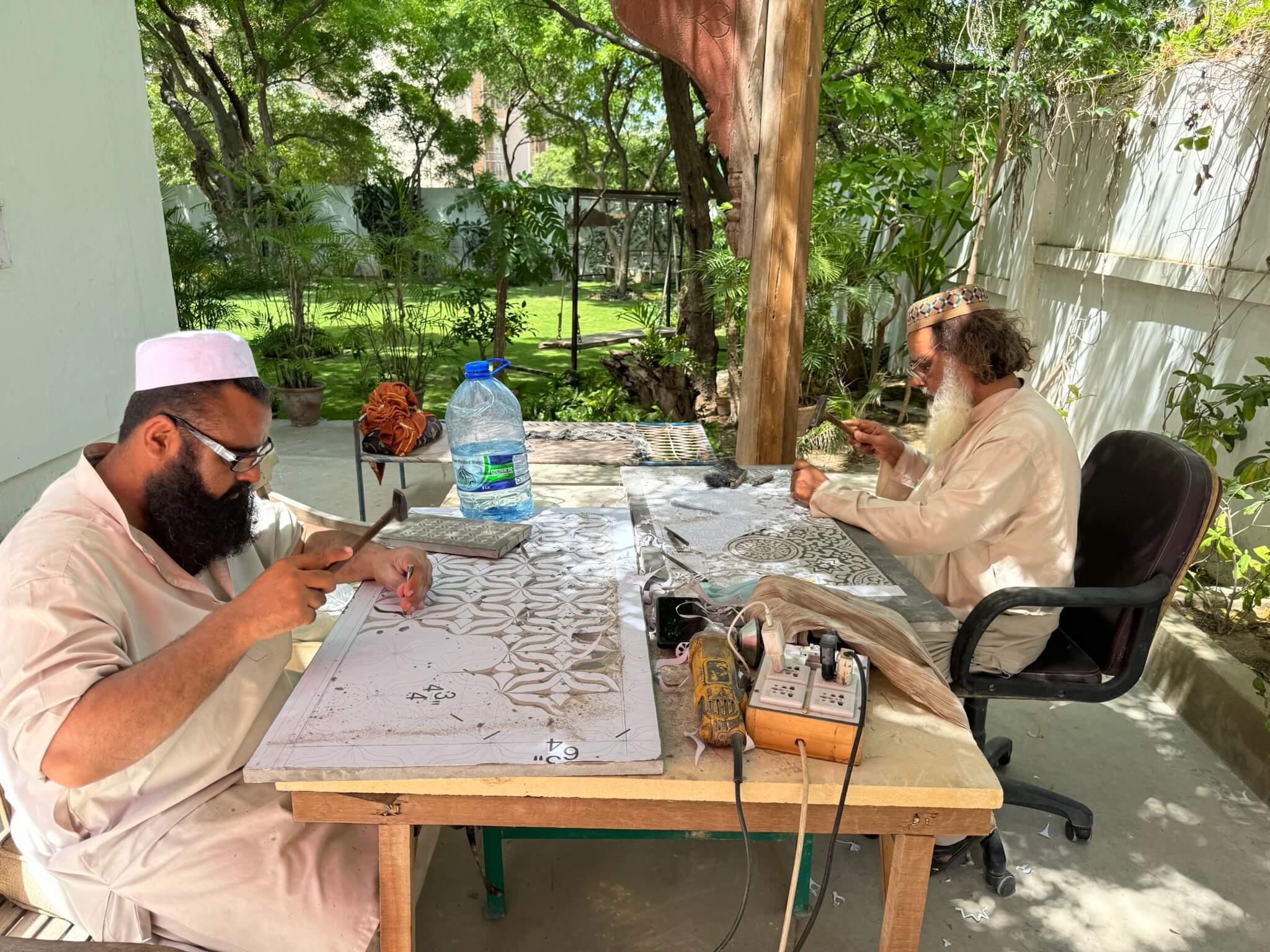
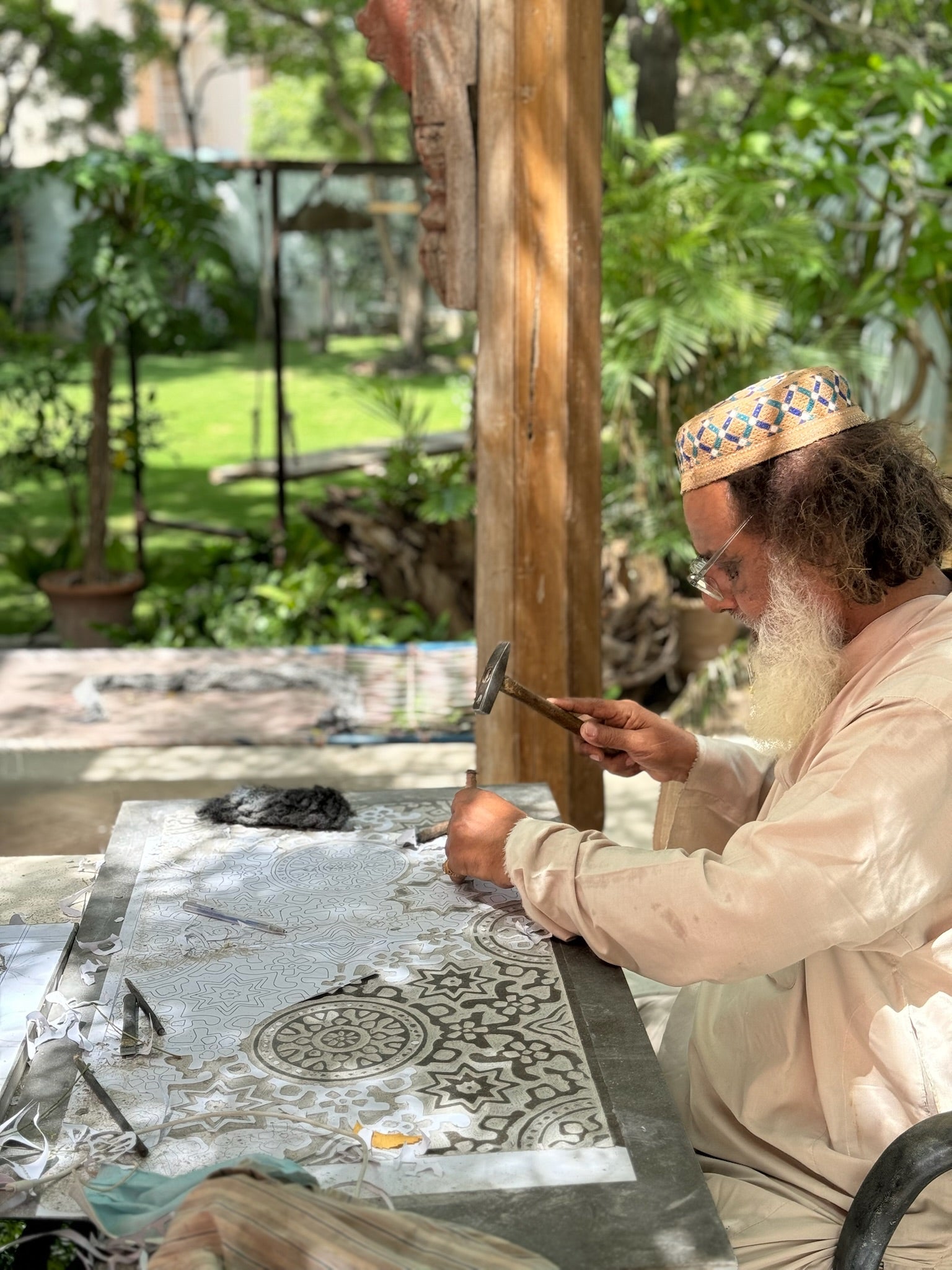
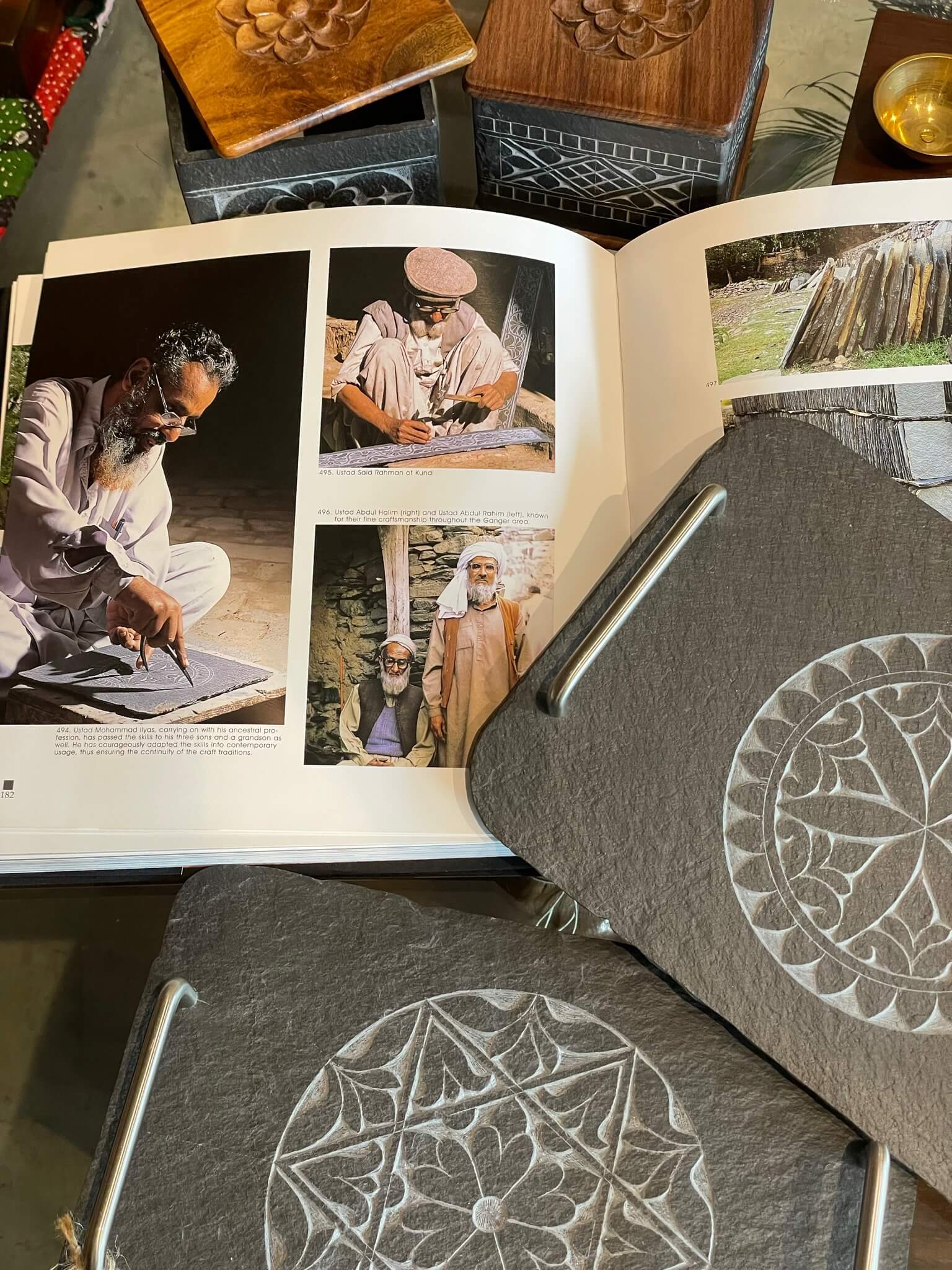
Collapsible content
Craftsmanship and Techniques
1. Schist Stone Selection
The craft begins with the careful selection of schist stone, a durable material native to the Hazara region. This stone is favored for its smooth texture and the ease with which artisans can carve intricate designs into its surface.
2. Carving Floral and Geometric Designs
Using fine chisels and hammers, artisans painstakingly etch floral motifs, geometric patterns, and other symbolic designs into the stone. The patterns are influenced by both Islamic art and the artistic traditions of the ancient Gandhara civilization. The precision required for these designs reflects the artisans' deep expertise and patience.
3. Polishing and Detailing
After the engraving is complete, the stone is polished to enhance the contrast between the carved areas and the natural surface of the schist. This process brings out the fine details of the engraving, creating a striking visual effect.
4. Adaptation to Decorative Items
While traditionally used to beautify tombs, modern Chitarkari has found new applications in decorative items such as trays, platters, and wall hangings. These pieces showcase the same meticulous craftsmanship but in forms that are suitable for contemporary homes and spaces, allowing this ancient art to thrive in modern settings.
Cultural and Historical Significance
Chitarkari is a craft deeply embedded in the cultural identity of the Hazara region and the tribes that practice it. Historically, it was used to commemorate the dead, with the intricate stone engravings serving as a testament to both the deceased and the artisan’s skill. The motifs, particularly the floral and geometric designs, often symbolize the cycle of life, eternity, and the connection between the material and spiritual worlds. The continued practice of Chitarkari today keeps this ancient tradition alive, maintaining a direct link to the rich heritage of the Gandhara period.
Modern Relevance
In recent years, Chitarkari has seen a revival in the form of decorative arts, where the exquisite stone carvings are adapted for modern use in homes and cultural spaces. The craft is now appreciated not only for its historical significance but also for its aesthetic beauty, making it a popular choice for interior décor. By integrating traditional designs into functional items like trays and platters, Chitarkari artisans are preserving their heritage while introducing this ancient art form to new generations and global audiences.
Shop Chitarkari products
-
Chitarkari Coaster
Regular price Rs. 3,000Regular priceUnit price / per -
Wooden Chitarkari Tray
Regular price Rs. 16,500Regular priceUnit price / per -
Chitarkari Box
Regular price Rs. 14,160Regular priceUnit price / per
